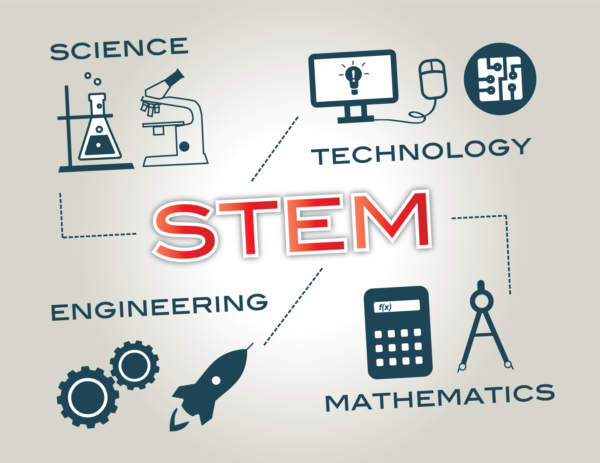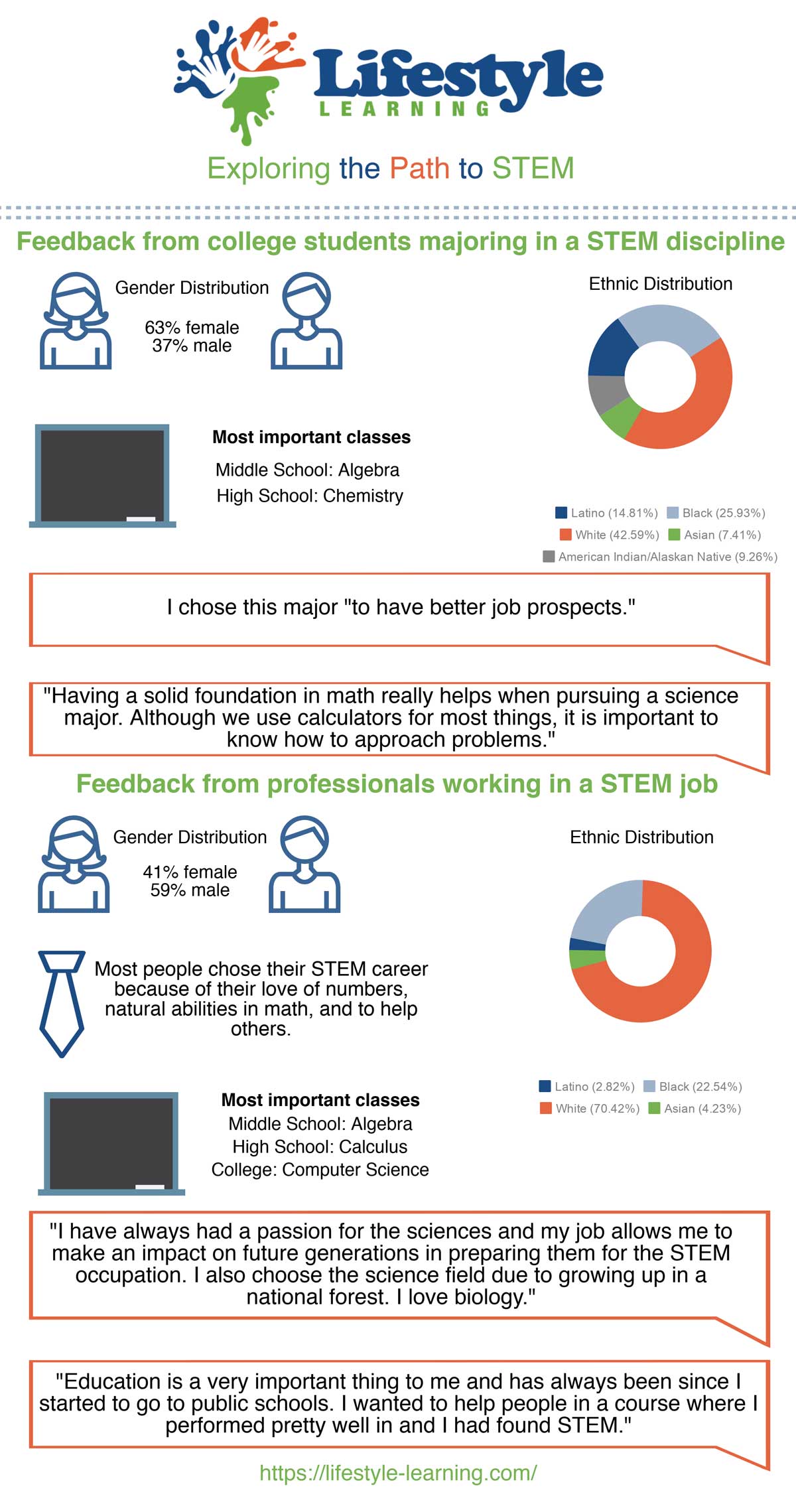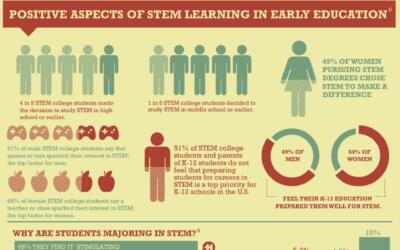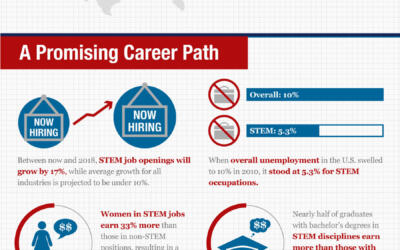Why is STEM Important?
No matter what career pathways individuals choose over the course of their working lives, it is clear that a K–12 education that prepares graduates for entry — without remediation — into postsecondary pathways gives them the best foundation from which to make choices about their careers — choices that are predicated on more options and more doors being open rather than shut for lack of adequate academic preparation.
Rather convincing empirical evidence suggests that most children who are ‘turned off’ by mathematics and science have already arrived at that conclusion by the time they are in 4th grade. The die is usually cast by a teacher who finds teaching science and mathematics an unwelcome and intimidating burden or by a parent with a disinterest or disdain for these fields.
A student’s ability to enter and complete a STEM postsecondary degree or credential is often jeopardized because the pupil did not take sufficiently challenging courses in high school or spend enough time practicing STEM skills in hands-on activities.


The STEM challenge is twofold: ensuring not only that these types of jobs are created through innovation and expansion but also that workers are available to fill the jobs.
America’s global competitiveness will increasingly depend on our ability to better educate our young people in math and science and to attract more of our best and brightest students into technological careers.
STEM skills are in high demand across the workforce, not just STEM-related jobs.
- Over the past 10 years, STEM jobs grew three times faster than non-STEM jobs. STEM jobs are expected to grow by 17 percent during the 2008-2018 period versus 9.8 percent growth for non-STEM jobs.
- In 2010, the unemployment rate for STEM workers was 5.3 percent; for all other occupations, it was 10 percent.
- 50% of our current science and engineering workforce is approaching retirement
The National Academies Gathering Storm committee concluded that a primary driver of the future economy and concomitant creation of jobs will be innovation, largely derived from advances in science and engineering. While only four percent of the nation’s workforce is composed of scientists and engineers, this group disproportionately creates jobs for the other 96 percent.
At all levels of educational attainment, STEM job holders earn 11 percent higher wages compared with their same-degree counterparts in other jobs. The average annual wage for all STEM occupations was $77,880 in May 2009, significantly above the U.S. average of $43,460 for non-STEM occupations.

STEM Infographics




